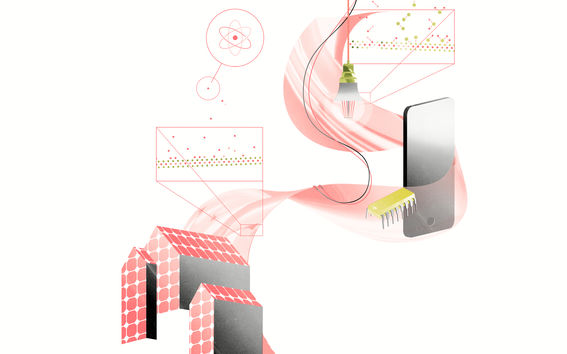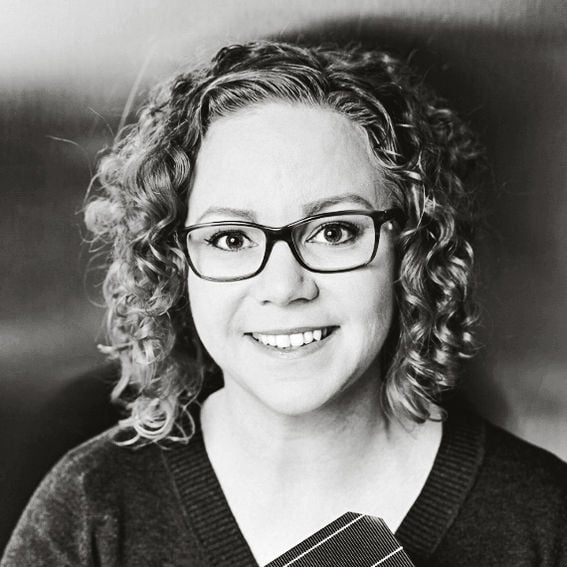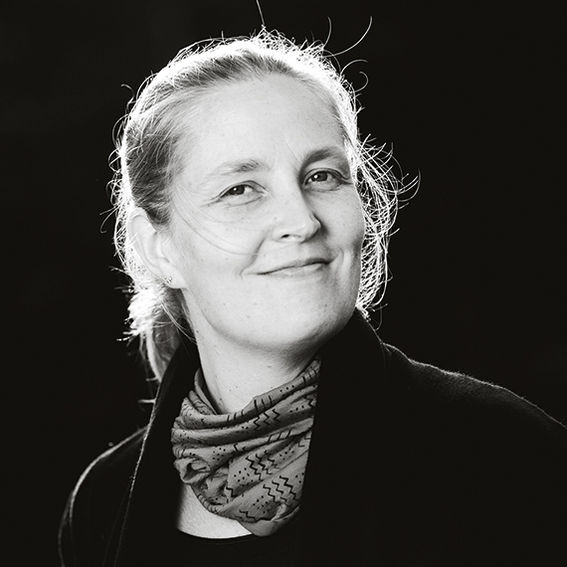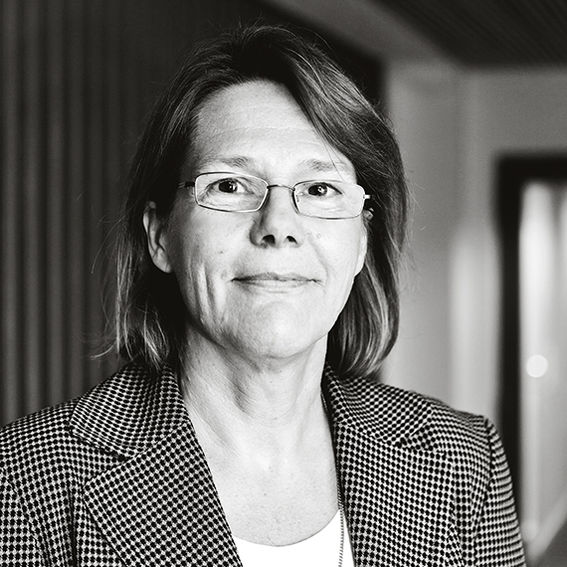A layer just a few atoms deep can work wonders


“My research group develops black silicon cells, i.e. nanostructured solar cells. The structure enables the cells to catch sunlight or photons also from a very low approach angle, and the cells can thus generate electricity also in the morning, evening and during the darker seasons.
In order to efficiently recover the electrons the photons create on the cell surface, the surface needs to be covered with a thin membrane called a passivation layer. As the surface nanostructures are so small, the only way to manufacture a membrane that matches their shape is to use ALD – other methods would just result in a loose membrane lying on top of the structure.
It is important for the functioning of a solar cell that the front side’s thin membrane allows all light to pass through it. The material we most commonly use for these membranes is aluminium oxide, i.e. a mixture of aluminium and oxygen, but any material that forms a good interface with silicon will work. We already hold the efficiency world record for nanostructured solar cells, 22.1%, but are constantly researching new materials – we could find something even better, after all.
The electron physics research group I head is rooted in the Electron Physics Lab, which was established in 1969 – and happens to be where the inventor of ALD, Tuomo Suntola, completed his doctorate in 1971. In addition to us, Micronova’s clean rooms nowadays house several research groups that utilise ALD in optoelectronics and photonics applications, for example.”
Professor Hele Savin

“I study the use of ALD in catalysts. Catalysts are substances that speed up chemical reactions without being consumed in them. I specialise in heterogeneous catalysts, solid substances with large surface areas: one gram can easily contain 300 square metres.
Catalysts are, of course, also made without ALD, and enormous amounts of them are used in industry. The traditional manufacturing processes aren’t that well controlled, however, and the end result can vary a great deal with respect to, for example, the particle size of the catalyst metal. ALD enables us to make catalysts with a great degree of control and repeatability. This makes them more effective in the catalytic process itself, and also simplifies the modelling associated with testing. ALD can also be used to put surfacing on catalysts that prevents the build-up of metal particles. This keeps the catalysts active for longer, even in harsh conditions.
The surface reactions that occur in ALD have always fascinated me. Even though the technology was introduced into industrial use as far back as the 1980s, real understanding of how the method functions has only come afterwards. As our scientific understanding grows, we become able to utilise the technology more diversely.”
Professor Riikka Puurunen

“ALD is usually used when the aim is to make high-quality thin membranes out of known materials, like simple metal oxides. I, however, specialise in using it to make more complex and previously unknown materials.
For the last seven years, my group and I have concentrated on hybrid materials, which combine inorganic layers with organic layers with the aid of molecular layer deposition (MLD). My goal is to get the best sides of both inorganic and organic materials to come together in one and the same thin membrane.
Hybrid materials are promising as, for example, thermoelectric materials that convert waste heath directly into electricity.
Thermoelectric materials should conduct electricity well and heat poorly, which is a conflicting demand for conventional materials like zinc oxide. Adding organic layers to zinc oxide, which conducts electricity well, reduces the material’s thermal conductivity and also increases its flexibility. Flexibility is important if the aim is to use the thermoelectric material in, for example, clothes. We’ve followed a similar idea when making a thin-membrane microbattery, which is based on flexible hybrid membranes.
The materials used for thin membranes are usually amorphous, i.e. there is no crystal structure in the membrane. My dream is to manufacture crystalline hybrid membranes, and in this way create new, exploitable properties. Hybrid materials typically have very open crystalline structures. These contain suitable nano-scale pores, which can selectively absorb various small molecules. Crystalline hybrid membranes could find use in, for example, sensors, air and water purification, gas storage and pharmaceutical delivery.”
Professor Maarit Karppinen
Aalto University alumnus, Doctor of Science (Technology) Tuomo Suntola developed atomic layer deposition technology and the equipment to manufacture thin membranes in the 1970s.
The technique involves a gaseous substance or compound being sprayed into a reactor chamber. The surface being covered binds only as much of the substance or compound as is needed to fully cover itself, i.e. at most one atomic or molecular layer. The excess is then rinsed away, after which another substance or compound is released into the chamber. The process is repeated until the membrane reaches the desired thickness.
Use of ALD exploded in the 2000s when the electronics industry realised its potential in the manufacture of semiconductor components. The method makes it possible to manufacture extremely thin electricity-insulating or -conducting membranes, which are needed in microcircuits and memory components.
Suntola’s innovation is a central factor behind famous Moore’s Law remaining valid up to now: microcircuit performance has doubled every two years while prices simultaneously drop and components get smaller.
The technology is widely used in mobile phones, computers and other electronics. It is forecast to spread also to health technology applications.
Tuomo Suntola was awarded the one million euro Millennium Technology Prize in May 2018.
“ALD has made the ownership of information technology more democratic, and in this way improved humanity’s access to information and opportunities for communication,” Academy Professor Päivi Törmä, chair of the international prize committee, said about the decision to honour Suntola’s work.

This article is published in the Aalto University Magazine issue 23 (issuu.com), October 2018.
Text: Minna Hölttä.
- Published:
- Updated:
Read more news

Broadband miniaturized spectrometer research receives QTF annual discovery award 2024
The clarity and compelling presentation of the research were one of the reasons why Doctoral Researcher Md Uddin earned the prize for the research paper, which was published in Nature Communications.
Robotics needs safe behavior patterns
Robotics and autonomous systems are developing rapidly. Algorithms that withstand disturbances and uncertainties in the system model and environment are critical for development.